The perils of space exploration: last flight of space shuttle Columbia
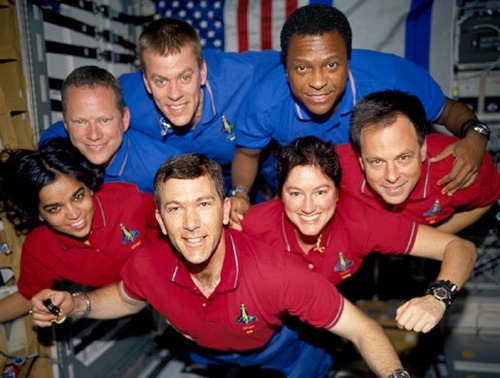
The 28th and last flight (STS-107) of the space shuttle Columbia was ten years ago. Launched on January 16, 2003 Columbia was destroyed at about 0900 EST on February 1, 2003 while re-entering the atmosphere after its 16-day scientific mission. The destruction of the shuttle killed all seven astronauts on board.
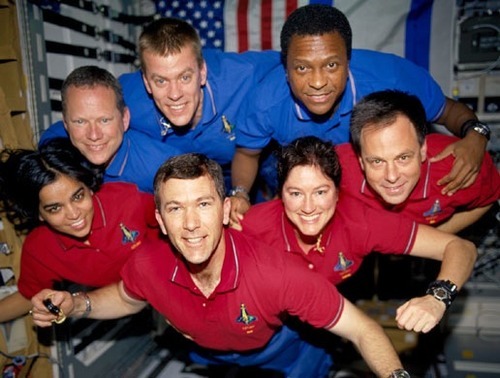
An illustrious career
Columbia was the first of the space shuttles to fly, it was successfully launched on April 12, 1981, the 20th anniversary of the first human spaceflight by Yuri Gagarin in Vostok 1, and returned on April 14, 1981, after orbiting the Earth 36 times. The first flight of Columbia (STS-1) was commanded by John Young, a Gemini and Apollo veteran who was the ninth person to walk on the Moon in 1972, and piloted by Robert Crippen, a rookie astronaut who served as a support crew member for the Skylab and Apollo-Soyuz missions.
Columbia has an illustrious career as part of the US space program, featuring many ‘firsts’. It was the first true manned spaceship. It was also the first manned vehicle to be flown into orbit without benefit of previous unmanned “orbital” testing; the first to launch with wings using solid rocket boosters. It was also the first winged reentry vehicle to return to a conventional runway landing, weighing more than 99-tons as it was braked to a stop on the dry lakebed at Edwards Air Force Base, California.
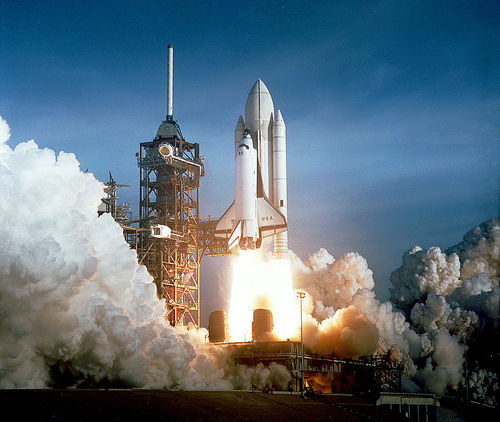
Its second flight, STS-2 on November 12, 1981 marked the first re-use of a manned space vehicle. A year later it became the first 4-person space vehicle – bumping this to six on its sixth flight (STS-9) on November 28, 1983. This flight also featured both the first flight of the reusable laboratory ‘Spacelab’ and the first non-American astronaut on a space shuttle, Ulf Merbold. STS-93, launched on July 23, 1999, was commanded by Eileen Collins, the first female Commander of a US spacecraft.
Space Shuttle Columbia flew 28 flights, spent 300.74 days in space, completed 4,808 orbits, launched 8 satellites and flew 201,497,772 km in total, including its final mission. Its penultimate flight (STS-109) was the third of the highly publicised servicing and upgrade flights to the Hubble Space Telescope.
The fatal flight
The rockets fire. Amidst the thundering fiery roar the shuttle lifts majestically from the launch pad. Unnoticed at the time, at 81.9 seconds after launch a foam insulating block disintegrates upon hitting the leading edge of the shuttles left-wing. The launch continues as scheduled. One hour after launch Columbia was in orbit and the crew began to configure it for their 16-day mission in space.
The next day, routine analysis of high-resolution video from the tracking cameras reveals the debris strike. Multiple groups within the mission team review the tapes. They assess the possibility of damage and decide that an image is required of the wing. They make a request to the NASA ground management for imaging of the wing in-orbit.
However, it was considered “of low concern” that the carbon matrix could be damaged by the foam block. The engineers were over-reacting. The Space shuttle Program managers declined to get the Columbia imaged – or alert the shuttle crew. In fact the crew were told that the impact was a “turn-around issue”, something they had seen before and would be a maintenance check only. Titanic-like the mission continued.
Scientifically the mission was great success. The shuttle crew worked around the clock to ensure that maximum scientific value was achieved. Including an investigation of the web-spinning abilities of the Golden orb spider under low gravity. An experiment designed by students from Glen Waverley Secondary College, in Melbourne Australia.
The morning of re-entry all appears calm and normal in the mission control room. As re-entry started the crew are seen to be in good spirits and looking forward to coming home.
Then while travelling at Mach 24.1, during the 10-minute fiery re-entry, when the leading edge reaches temperatures in excess of 1550 Celsius, the damaged thermal protection panels on the wing overheated – then failed catastrophically. The wing and shuttle disintegrating.
The nearly 84,000 pieces of debris from the shuttle are stored in a 16th floor office suite in the Vehicle Assembly Building at the Kennedy Space Center.
The seven crew members who died aboard this final mission were: Rick Husband, Commander; Willie McCool, Pilot; Michael Anderson, Payload Commander; David Brown, Mission Specialist 1; Kalpana Chawla, Mission Specialist 2; Laurel Clark, Mission Specialist 4; and Ilan Ramon, Payload Specialist 1.
Two other died in the search for the debris: Jules Mier (Debris Search Pilot) and Charles Krenek (Debris Search Aviation Specialist).
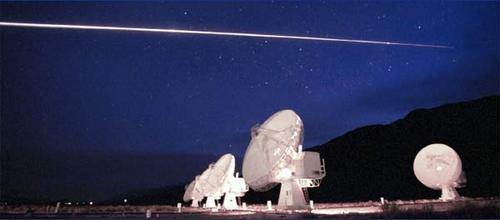
Is spaceflight perilous? Or an unforgiving adventure?
It is rather remarkable that NASA had launched men into space sixteen times during the the Mercury and Gemini programs without a casualty – although there had been some scary moments.
Compared to the cramped and tiny Mercury capsule the Apollo command module was, in spaceflight terms, a luxury liner. So when a spark ignited the oxygen atmosphere of the Apollo 1 capsule on January 27, 1967 killing three astronauts it was shocking for both NASA and the public. The last communication from the Apollo 1 capsule was not revealed for a long time to the public:
Fire! We’ve got a fire in the cockpit! We’ve got a bad fire…..get us out. We’re burning up…..
The last sound was a scream, shrill and brief. After this nothing at NASA would be quite the same again.
The fatal Apollo 1 fire was also unexpected. At the time of the fire the crew of Gus Grissom, John Young and Roger Chaffee were perched atop an empty Saturn V rocket involved in routine testing of the capsule control systems.
The 1986 Challenger disaster was equally shocking – and far more public. The explosion 73 seconds after lift off claimed shuttle crew and vehicle. The cause of explosion was determined to be an o-ring failure in the right solid rocket booster. Cold weather was determined to be a contributing factor. The subsequent investigation and changes delayed the next shuttle launch to late 1988.
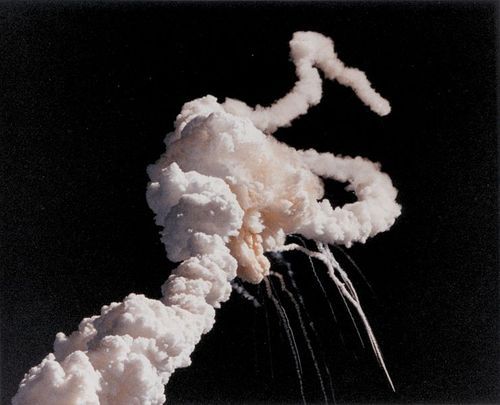
You could say that space exploration in itself is not inherently dangerous. But to an even greater degree than aviation, it is terribly unforgiving of any carelessness, incapacity or neglect. Gus Grissom has been quoted as saying during the pioneering Mercury missions:
If we die we want people to accept it. We hope that if anything happens to us it will not delay the program. The conquest of space is worth the risk of life.
I’m not sure that Gus Grissom would have accepted these deaths as an acceptable risk of human spaceflight.
Orrman-Rossiter K (2013-01-16 00:01:33). The perils of space exploration: last flight of space shuttle Columbia . Australian Science. Retrieved: Dec 08, 2025, from https://ozscience.com/science-2/the-perils-of-space-exploration-last-flight-of-space-shuttle-columbia/
 Follow
Follow